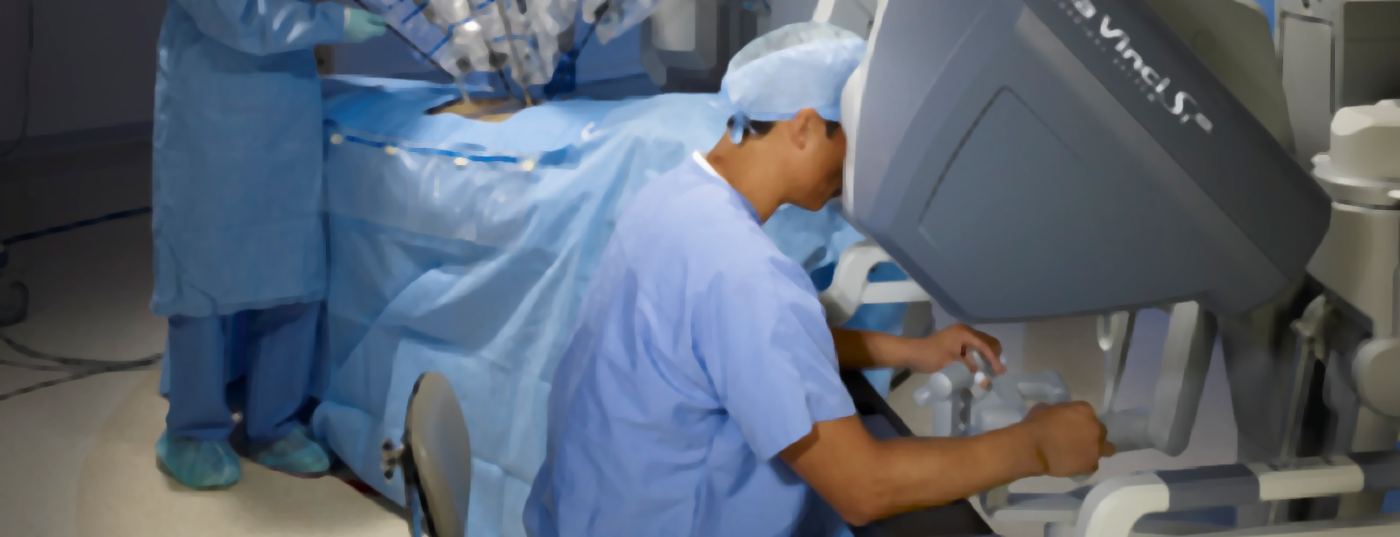Since the robot-assisted technology was introduced at the Hirslanden Clinic in 2005 as a new standard in urology, doctors have already performed over 1000 procedures with the previous robot (“Da Vinci”). The latest generation is now the third and has been in use since April 17, 2014.
How does the surgery proceed in detail?
In this technology, a telemanipulator (surgical robot) transmits the physician’s hand movements to instruments that have been placed in the patient’s abdomen, allowing him to control the movements by means of three-dimensional video display with up to tenfold magnification. Thus, high precision and thus good functional results in oncological healing are achieved. This is of particular importance with regard to continence and potency in prostate cancer. “Less pain and faster wound healing contribute to a shorter hospital stay,” emphasizes Stephan Bauer, MD, of the Center for Urology at Hirslanden Clinic.
Where is the process used?
Because of its high precision in complex kidney, bladder and prostate procedures, the procedure has quickly established itself and is increasingly used in thoracic and abdominal surgery as well as in gynecology. The “Da Vinci” technology is particularly suitable for the following areas of application:
- Vascular and nerve-sparing radical removal of the prostate in cancer patients
- The organ-preserving removal of malignant and benign renal tumors.
- The complete removal of the kidneys in the case of very large tumors or non-functioning kidneys
- The plastic correction of renal pelvic outlet stenosis.
- Lymph node removal
- The radical removal of the urinary bladder with bladder replacement for bladder cancer.
Competence Center
The Hirslanden Clinic and the Center for Urology Zurich (Dr. med. Stephan Bauer, Dr. med. Martin Baumgartner, Dr. med. Jean-Luc Fehr, Dr. med. Claudius Möckel, Dr. med. Daniel Seiler) have been cooperating since 2005 in a competence center for urology with a focus on minimally invasive surgery. The cooperation of various specialists enables the minimally invasive and thus gentle performance of almost all procedures on the kidney, bladder and prostate with the prospect of rapid healing and good postoperative results.
Source: Media release from April 22, 2014
InFo ONCOLOGY HEMATOLOGY 2014; 2(4): 4.











